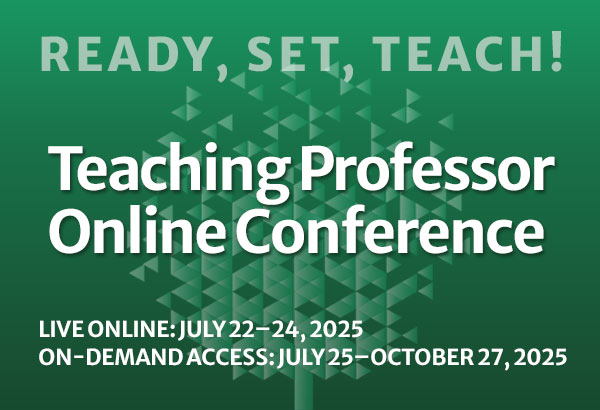
AI for Socratic Dialogue
Higher education has long recognized the value of Socratic dialogue in learning. Law schools traditionally adopt it in their teaching, with instructors more often asking questions of students in class than lecturing. But true Socratic dialogue is done one-on-one. Students in a law school lecture












